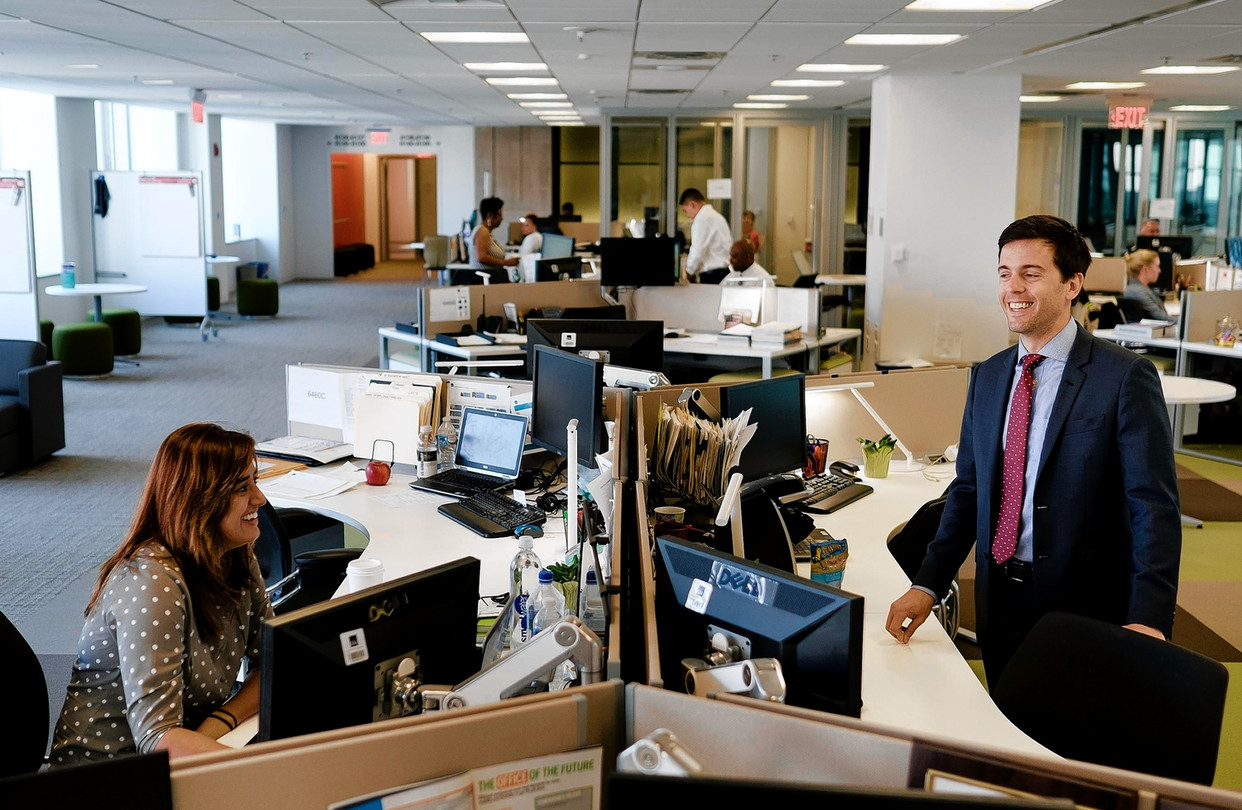Will the US economy enjoy a soft or hard landing?
The Federal Reserve (FED) continues to predict that the US economy will enjoy a soft landing with no fall in GDP and barely any rise in the unemployment rate required to pull down near double-digit CPI inflation to the 2% target.

The US nonfarm payrolls rose 528,000 and the unemployment rate was 3.5% in July 2022, easily topping the Dow Jones estimates of 258,000 and 3.6%, respectively.
Many said that’s a fantasy. The Bank of England’s forecasts seem a much better approximation, with a five-quarter recession and a notable rise in the unemployment rate. So, in the “hard” or “soft” debate about the economic landing we are definitely in camp “hard”. But does it really matter which one it is?
In one important respect, the sort of landing we see in the US, UK, and other countries is likely to be soft. This relates to the labour market where even deep economic downturns are unlikely to lift the unemployment rate significantly. Even the BoE’s dire forecasts for the UK see the unemployment rate rising to only 6.3% in Q3 2025.
When you consider that the global financial crisis of 2008 saw unemployment peak at well over 8% a few years later, the outlook right now does not seem so bad. In the US, the rise in the unemployment rate could prove far more moderate.
Mr. Patrick Harker, President of the Federal Reserve Bank of Philadelphia said that he would consider the US to be experiencing a hard landing if the unemployment rate only went up to 4% from 3.5% right now. Nonetheless, many would argue that such modest increases in unemployment, owing to the tightness of labour markets, will mean that the landings will still be soft even if GDP falls quite a bit.
Mr. Steve Barrow, Head of Standard Bank G10 Strategy said: “The difference between soft landings and hard landings is not necessarily the extent to which GDP falls and unemployment increases, but more about the financial dislocation that’s created. For instance, we’d argue that the 2008/09 global financial crisis was more a case of a hard landing than the Covid-inspired recession even though US GDP fell 2.6% in 2009 against the 3.4% fall in 2020, while unemployment peaked at 9.9% in the GFC but 13% during Covid. The reason we’d regard the 2008- 2009 downturn as a hard landing is because there was far more financial fallout that persisted for a long time, as opposed to Covid-19 where growth recovered quickly and financial markets recovered quickly as well”.
The main problem as we see it for the major central banks is this tightness of the labour market. For this will force far greater monetary tightening than if labour markets were in a more normal – pre-Covid – state.
Last Friday’s massive 528k payroll rise in the US and sharp 0.5% rise in hourly wages demonstrate, once again, that huge vacancy levels are going to keep both payroll growth and wages elevated for quite some time. Other countries do not have the extraordinary labour market tightness that we see in the US, where the ratio of vacancies to unemployed is up close to 1.9, or more than twice the level we are used to seeing. But the likes of the UK and Australia and many more still have historically very high vacancy/unemployment ratios which suggests that they too, will have to go further on monetary tightening than generally supposed and so endure hard landings of their own.
The prospect of more rate hikes than expected by the market raises the spectre of hard landings on a global level, not just a local level. For as major central banks such as the Fed lifts rates to levels not foreseen by most, we are likely to see a sharp tightening of financial conditions through things such as a stronger dollar, wider credit spreads and perhaps even funding stress. This will inevitably spill over to others, such as those in emerging markets. It will mean that even in those countries where labour markets are not especially tight, the economic landings could still be quite hard by virtue of the fact that the adverse financial spillover is likely to be intense.








